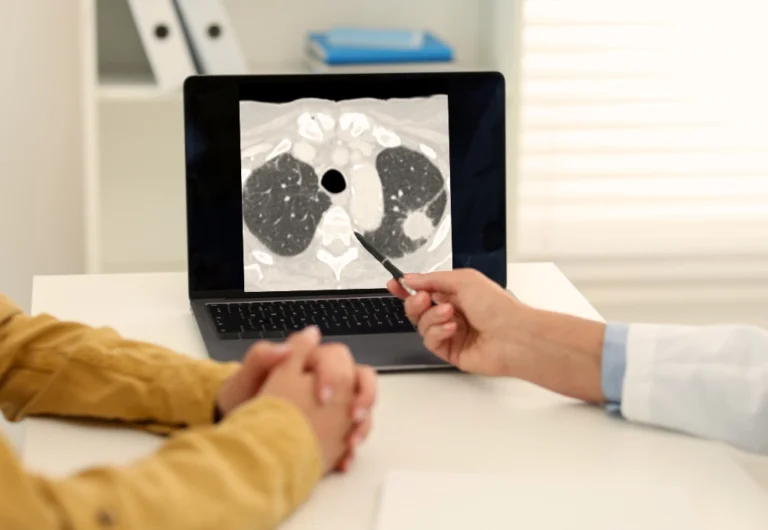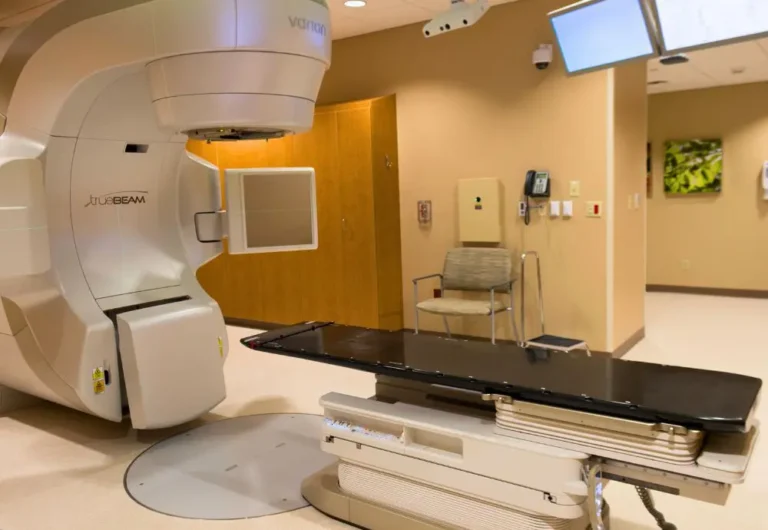Brain Cancer.
The term strikes fear in even the strongest of us and for good reason. In the past 5-10 years, treatment’s progressed by leaps and bounds in a great many cancers, while in others progress lags. Unfortunately glioblastoma (GBM), the most common of adult brain cancers, is one of the latter. GBM remains an aggressive disease with a median survival of just over a year in the strongest of patients (and only half that in the more infirm). In 2005, we took a baby step forward with glioblastoma. The EORTC / NCIC trial showed the addition of temozolomide to standard surgery and radiotherapy extended median survival from 12.1 months to 14.6 months, and improved patients’ chances of being alive at 2 years from 10.4% to 26.5%2. While not a home run, it was good enough to become the standard of care for the next decade. But there progress stalled, and would probably still be stalled if it hadn’t been for some unconventional thinking. The conventional approach to cancer treatment is to eradicate every single cancer cell, achieving cure. But because GBM cells are extremely hard to kill, all of these approaches ultimately failed.All right then, so we can’t kill it – but what if we could hold it to a stalemate?
Enter Tumor Treating Fields (TTF): a little bit science fiction, a little bit science fact. I have to admit I was very skeptical when I first heard of the technology, and was even less enthused when I saw what a nuisance it is for patients – but it works. In 2015, investigator Roger Stupp (who developed temozolomide treatment in the first place) showed that adding TTF to standard treatment improved median overall survival from 16.6 to 19.6 months, and improved a patients’ chances of surviving 2 years from 29% to 43%3 – that’s as big a step forward as adding temozolomide was in 2005. What’s the magic? TTF subjects tumor cells to rapidly alternating electrical fields, disrupting cell division. And since it’s uncontrolled cell division that makes a cell cancerous in the first place, the TTF approach hits the cancer right where it hurts. TTF doesn’t cause nausea, or fatigue, or infections, or low blood counts. It doesn’t even require patients come into the office for treatment– but there is a down side. Patients have to wear an electrode array affixed attached to their bare scalps (meaning they have to shave their heads), and powered by a backpack-sized battery pack. – and they have to wear it for 18 hours a day. Apart from the obvious inconvenience, the worst side effect most patients experience is some mild scalp irritation. In America we like to imagine beating cancer all at once, a sudden stunning breakthrough that solves the problem once and for all. We’re a culture that prefers football to soccer – touchdowns, home runs, and blowout victories to gradual wins of 2-1 – but in reality cancer treatments have almost always improved gradually, one small step at a time. I’m not sure we will ever see a home run in GBM…but I do believe that slow and steady will eventually win the game.- Stupp R, Mason W, van den Bent MJ, et al. Radiotherapy plus concomitant and adjuvant temozolomide for glioblastoma. NEJM, 2005 Mar 10; 352(10): 987-96.
- Stupp R, Hegi ME, Mason WP, et al. Effects of radiotherapy with concomitant and adjuvant temozolomide versus radiotherapy alone on survival in glioblastoma in a randomized phase III study: 5-year analysis of the EORTC-NCIC trial. Lancet Oncol. 2009 May; 10(5): 450-66.
- Stupp R, Taillibert S, Kanner AA, et al. Maintenance therapy With Tumor-Treating Fields Plus Temozolomide vs Temozolomide Alone for Glioblastoma: A Randomized Clinical Trial. JAMA. 2015 Dec 15; 314(23): 2535-43.









